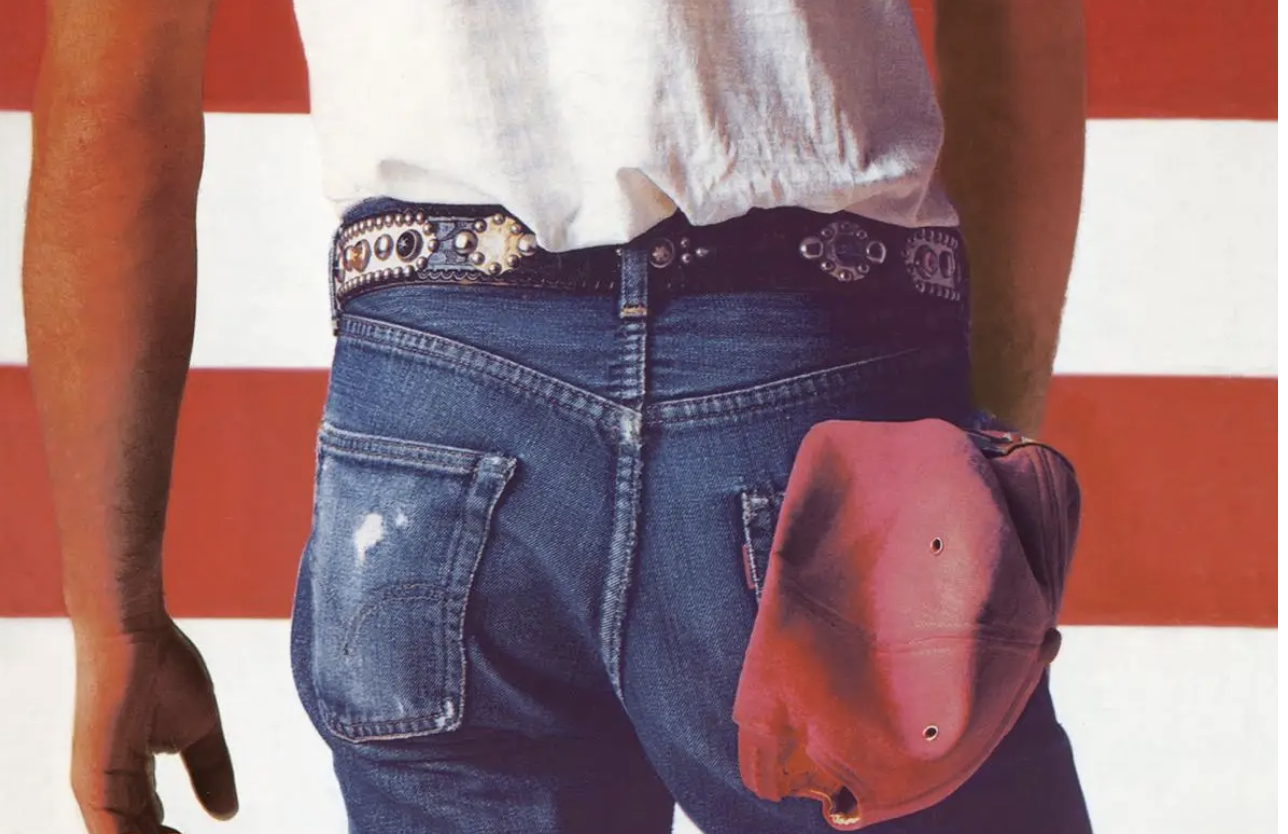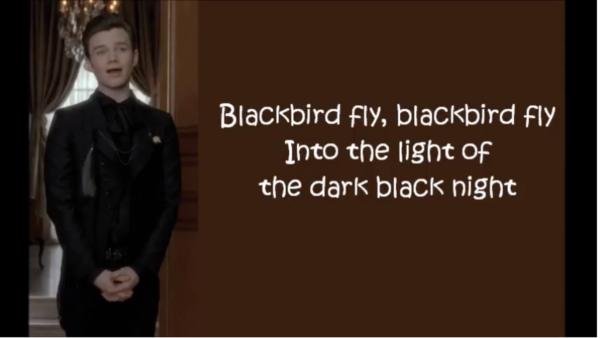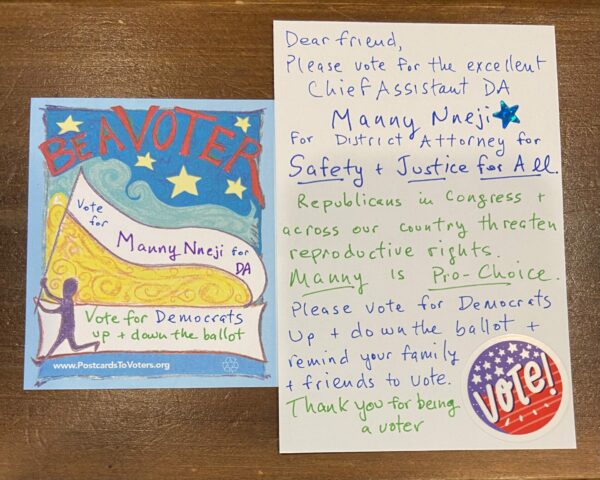Optional soundtrack for the post:
Big storm coming in off the Gulf of Mexico today. It has tropical components, so I’m having a bad hair day but my orchid (the sole bit of flora I am responsible for on the property) is loving it.
***
I finally got a chance to read the much-discussed NYT behind-the-scenes look at how the corrupt FedSoc-captured SCOTUS vaporized equal citizenship for half the U.S. population and guaranteed that tens of millions of women of childbearing age lost access to modern healthcare. Here’s a gift link to the piece, authored by Jodi Kantor and Adam Liptak, if you want to read it too.
Spoiler: all the GOP judges are shifty shit-weasels, but Alito is the slimiest, most conniving prick of all. The NYT doesn’t say this, but I am 100% convinced the investigation of the Dobbs draft leak was inconclusive because everyone knows Alito did it, and no one wanted the court to take that reputational hit.
It’s almost worth eating fucking KALE to improve my already excellent odds of outliving Alito, that revolting, smug shart in the shape of a man. I want to read his obit with great satisfaction one fine morning.
Also, I am heartily sorry Justices Kagan, Jackson and Sotomayor have to share a workplace with such a pompous popinjay. No matter how great the catering and coffee, it cannot possibly be worth it.
***
Is anyone watching the latest season of “The Crown” on Netflix? I’m down to the last two episodes. I think they should have quit after season four.
The cast is excellent: Imelda Staunton, Jonathan Pryce and Lesley Manville in particular are great, IMO. But the writing went downhill last season. (Could they have bludgeoned us over the heads with the Queen = HMS Britannia analogy any harder? We get it, man!) The storylines for QE2’s grandkids are not compelling, at least to me. It’s become a tedious soap opera with high production values.
I think show creator Peter Morgan mentally checked out after season four, which is too bad because his signature project started off strong. Maybe it was easier for him to create narratives for a period further back in history, before his own time.
Now the mystery is gone, and it’s just celebrity click-bait. Arguably, it was all along.
***
To wrap up with something less depressing or cynical, here’s a classic that asks the right questions and offers great advice:
Open thread!



